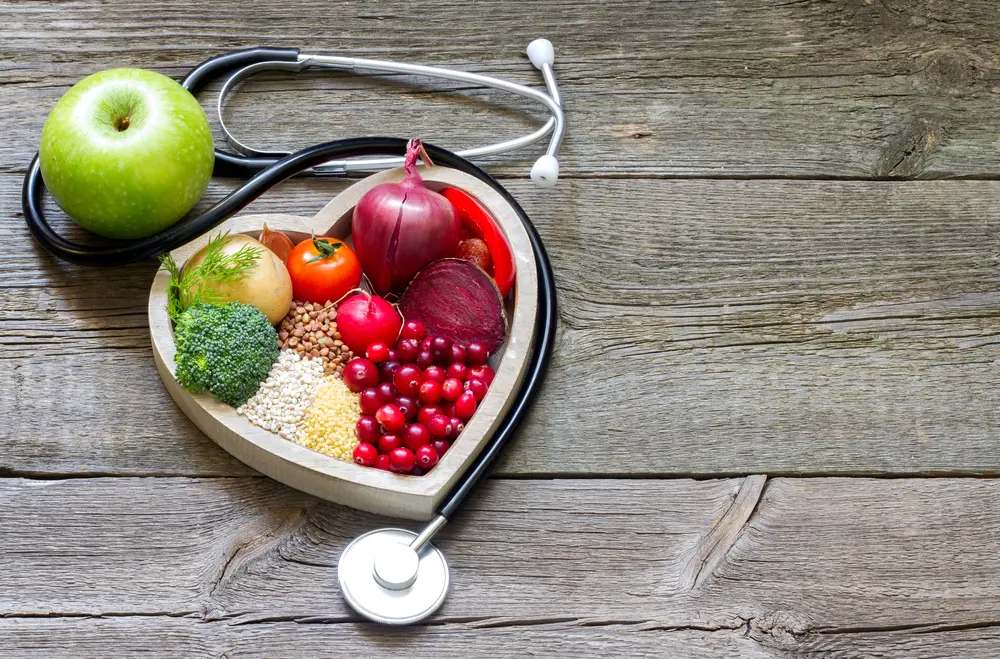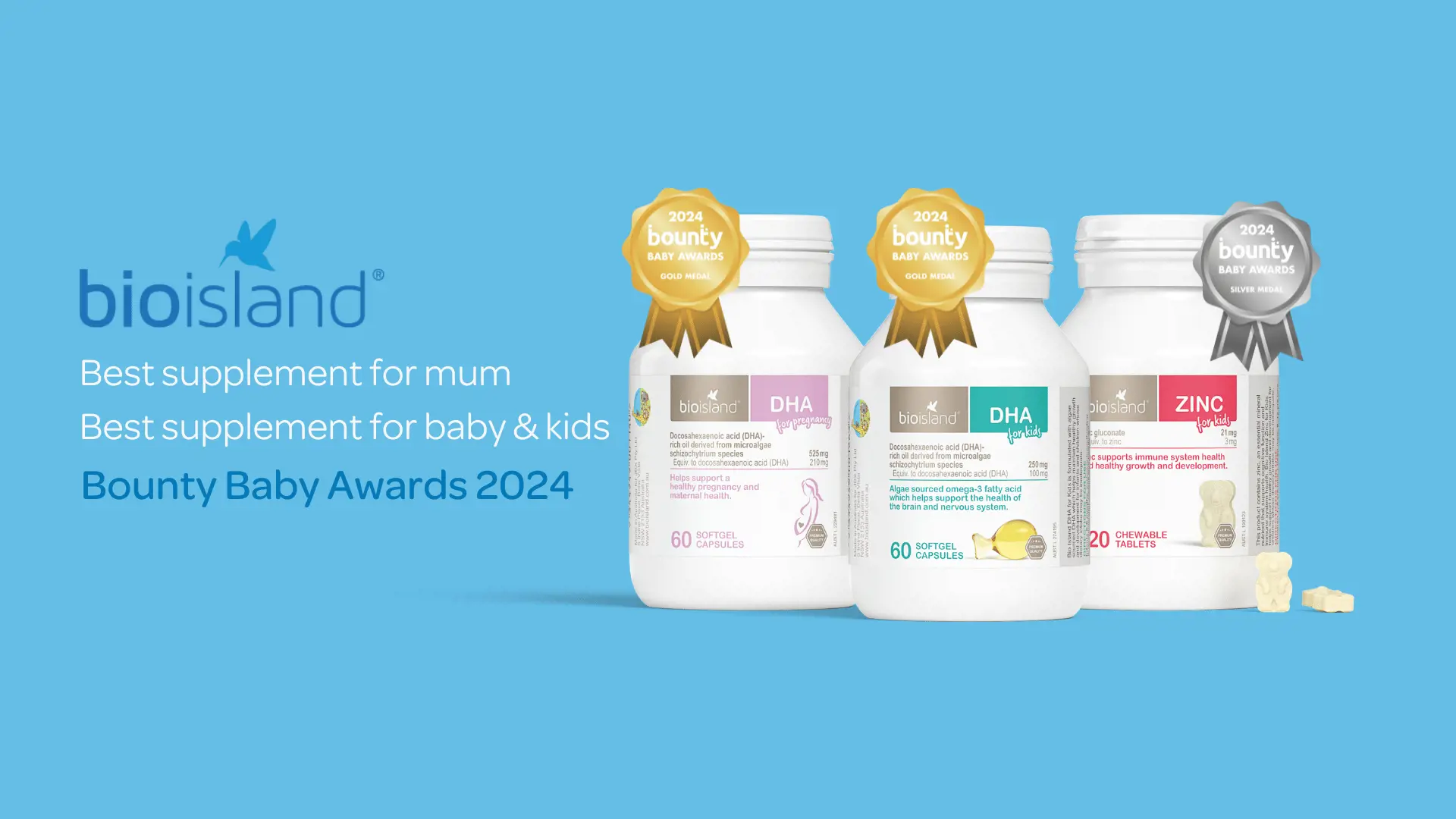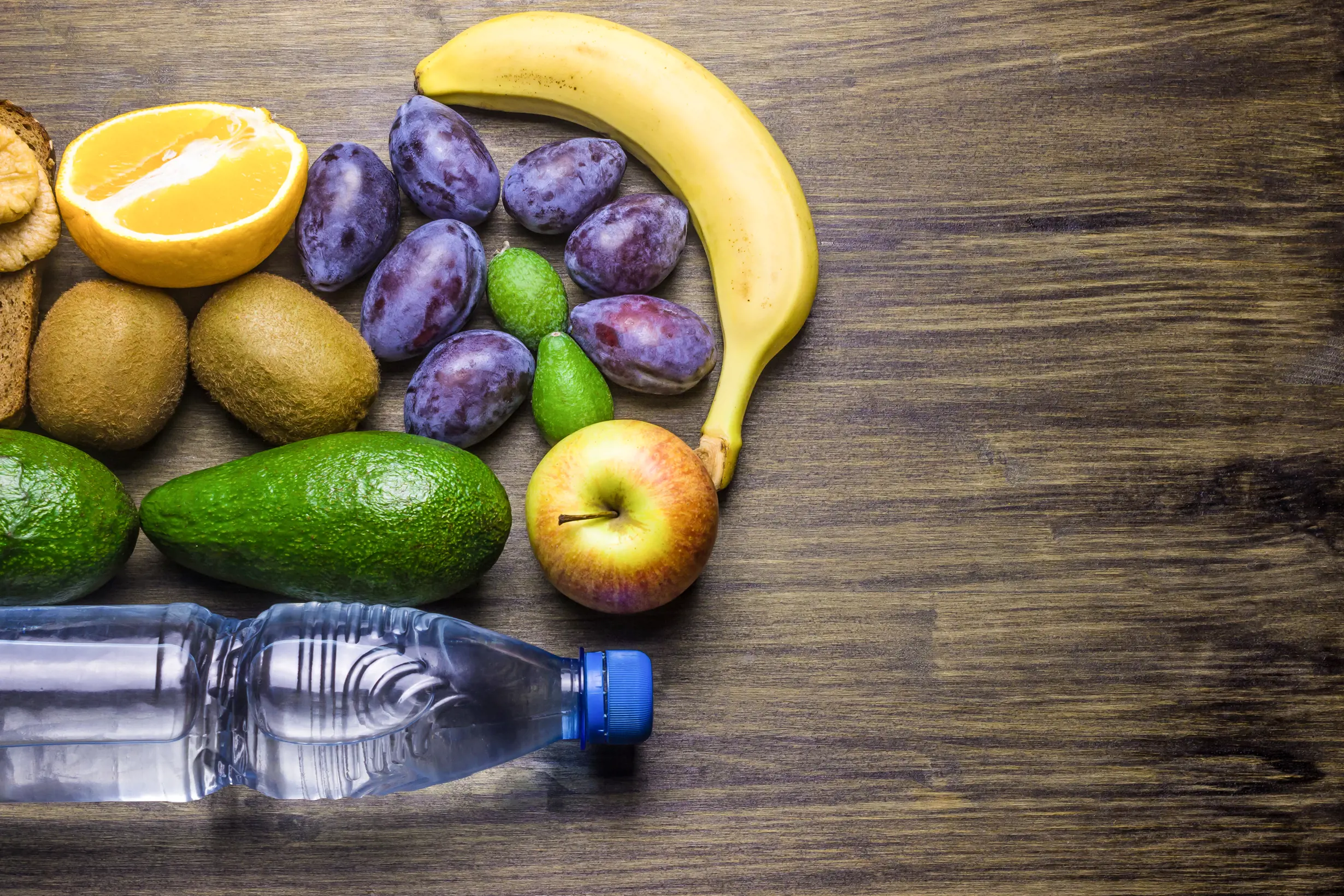
Transitioning kids away from junk food
If you are a parent who is concerned about the quantity of junk food that your children consume the first thing to do is try and understand why your children are so attracted to these foods in the first place.
Child & Baby Health
By Bio Island Nutrition Team
Understand why they like these foods in the first place
If you are a parent who is concerned about the quantity of junk food that your children consume the first thing to do is try and understand why your children are so attracted to these foods in the first place. To begin with, our busy lifestyles leave very little time for home-cooking and all the steps involved in making healthy meals from scratch. As a result, our shopping habits have changed, and parents are filling their trolleys with easy snacks they can have on hand to satisfy their kids at home and as an easy lunch box filler. The reason that many children often prefer snacks like chips or cookies has more to do with our bodies feedback systems. Junk foods are labelled as such because they tend to contain high levels of calories with minimal nutrients. The calories in these foods usually come from a perfect ratio of fat, sugar and salt that light up our tastebuds and send signals to our brains that we should be eating more of these foods, even though nutritionally this is not the best for our bodies.
A lesson in patience
The next thing to keep in mind when attempting to change your child’s eating habits is that this needs to be done slowly and will require a lot of patience. As adults we understand a lot more about why junk food isn’t the best choice for our bodies and yet, we still struggle to find the right balance ourselves. This concept is even more difficult for children to understand, and it will take time and effort to educate them as to what foods are healthy ‘always’ foods and what foods are unhealthy ‘sometimes’ foods. It is important not to stigmatise any foods or put extreme restrictions on your child’s diet. Everyone can indulge in some junk foods every now and then but identifying and implementing a healthy balance in your child’s diet is key.
Understanding the difference between refined and unrefined foods
The term ‘whole food diet’ is thrown around a lot in health a wellness articles today, but what does this really mean? Well, it’s really about understanding the difference between refined and unrefined foods. Refined foods are foods that have been processed so much that they have been stripped of their nutrients. Think about white breads, high-sugar breakfast cereals and packaged snacks. Some of these foods will be advertised as including lots of vitamins and minerals, but these have usually been put back in or ‘fortified’ after processing. In contrast, unrefined foods are foods that have been minimally processed or untouched and are full of natural fibre and nutrients. When looking to include more unrefined foods in your shopping trolley, try to go for wholemeal or wholegrain varieties of bread and pastas and breakfast staples like oatmeal instead of sugary cereals.
Start small
If you’re nervous about where to begin, take a close look at the beverages your child and family are consuming. Do you have a lot of soft drink or cordial in the house? Does your child prefer apple juice or another type of fruit juice to water? White fruit juice is a better option than soft drink, it still contains very similar amounts of sugar. There is no need to ban soft drinks and fruit juice straight away, instead try to reduce the amount your child is consuming slowly by diluting their usual drinks every day with water. Once they are ready to have water with their meals you can always add some flavour with different fruits like lemon or berries to make this more interesting and flavourful. And remember, it’s important to lead by example as children mimic our behaviour, so try and get the whole family involved and increasing their water intake during the day and at mealtimes.
Is tricking the trick?
Many health and wellness bloggers and nutritionists support the idea of ‘hiding’ vegetables in foods that your child is already familiar with in order to increase their intake without them realising what they are eating. While this can be a fantastic method to introduce more vegetables into their diet, this may not be the best long-term strategy. This is because the ultimate goal is to help educate your child about the importance of healthy foods to fuel our bodies and helping them to enjoy foods like fruits and vegetables. By ‘tricking’ your child into eating these foods they are still under the assumption that mum and dad don’t make me eat vegetables and maybe that they still don’t like vegetables, when in fact they have been eating these hidden foods all along. Another tactic to try instead of or perhaps together with hiding vegetables is to introduce a new vegetable slowly, using things like dressings, sauces and herbs and spices to help improve the flavour. I’m sure we would all rather eat broccoli that’s covered in lemon and olive oil or potatoes with parsley and butter than having these as just plain sides. There is an abundance of recipes you can find that will teach you how to make vegetables exciting for your children all you have to do is look!
Be prepared with snacks on the go
Finally, as a parent one of the best strategies for success is preparation. When you’ve stocked your fridge and pantry full of tasty healthy snacks you know there will always be something healthy on hand for the kids when they’re hungry. Thankfully large chain supermarkets like Woolworths and Coles are now making this easier than ever, introducing more healthy ready-made snacks into their supermarkets such as single serve boiled eggs with spinach, chia cups, pre-cut carrot sticks and dips and fresh cheese and crackers. There’s an abundance to choose from, and these options may give you a better idea of snacks you can quickly prepare and store at home to save on cost.
This information does not take into account your personal situation and is general in nature. You should consider whether the information is appropriate for your needs and seek professional medical advice.
Always consult your healthcare professional before taking any supplements or if any concerns arise.






